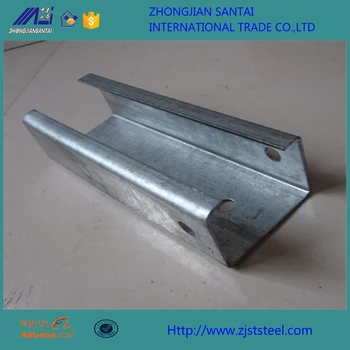316 And 316l Stainless Steel
We produce ASTM/ASME Grade 304, Grade 304L,304h, 316, 316L, 316H, 316TI, 321, 321H, 309S, 309H, 310S, 310H, 410S, 2205, 904L, 2507, 254, gh3030, 625, 253MA, S30815, 317L, Type 317, 316lN, 8020, 800, 800H, C276, S32304 and others special requirement stainless steel grade.

Physical Properties Of Ss316/ Ss316l
This makes stainless 316 extra fascinating in applications where salt publicity is a matter. If you have an software with highly effective corrosives or chlorides, the extra value of stainless 316 is extremely really helpful. In such functions, 316 stainless will last longer than 304, providing you with further years of life and utilization.
The minimal 10.5% chromium in stainless steels provides resistance to roughly 700 °C (1,300 °F), while sixteen% chromium provides resistance up to approximately 1,200 °C (2,200 °F). Type 304, the commonest grade of stainless steel with 18% chromium, is proof against roughly 870 °C (1,600 °F).
Galling, generally referred to as cold welding, is a type of severe adhesive put on, which might happen when two steel surfaces are in relative motion to one another and under heavy strain. Austenitic stainless steel fasteners are particularly prone to thread galling, although other alloys that self-generate a protective oxide surface film, similar to aluminium and titanium, are also vulnerable. Under excessive contact-force sliding, this oxide could be deformed, damaged, and removed from parts of the part, exposing the bare reactive metallic. When the two surfaces are of the identical material, these uncovered surfaces can simply fuse.
- Stainless steels have a protracted history of software involved with water due to their wonderful corrosion resistance.
- Types 304 and 316 stainless steels are commonplace materials of building in contact with water.
- Applications include a variety of situations including plumbing, potable water and wastewater therapy, desalination, and brine treatment.
Technique For our stainless
Stock Thickness: 0.1-200.0mm
Production thickness: 0.5.0-200mm
Width: 600-3900mm
Length: 1000-12000mm
Grade:
200 series: 201,202
300 series: 301,304,304L,304H,309,309S,310S,316L,316Ti,321,321H,330
400 series: 409,409l,410,420J1,420J2,430,436,439,440A/B/C
Duplex: 329,2205,2507,904L,2304
Surface: No.1,1D,2D,2B,NO.4/4K/hairline,satin,6k,BA,mirror/8K
Post-weld heat treatment is nearly at all times required whereas preheating before welding can also be necessary in some cases. At elevated temperatures, all metals react with scorching gases. The most common high-temperature gaseous combination is air, of which oxygen is probably the most reactive component. To keep away from corrosion in air, carbon metal is proscribed to approximately 480 °C (900 °F).
Type 304 and Type 316 stainless steels are unaffected weak bases such as ammonium hydroxide, even in high concentrations and at high temperatures. The similar grades exposed to stronger bases corresponding to sodium hydroxide at excessive concentrations and high temperatures will probably experience some etching and cracking. Increasing chromium and nickel contents provide elevated resistance. Ferritic stainless steels possess a ferrite microstructure like carbon metal, which is a physique-centered cubic crystal construction, and include between 10.5% and 27% chromium with very little or no nickel. This microstructure is current in any respect temperatures because of the chromium addition, so they aren’t hardenable by warmth therapy.
Oxidation resistance in stainless steels will increase with additions of chromium, silicon, and aluminium. Small additions of cerium and yttrium increase the adhesion of the oxide layer on the surface. Unlike carbon steel, stainless steels do not suffer uniform corrosion when uncovered to moist environments.
Applications For 316 Stainless Steel
Thus, there are numerous grades of chrome steel with varying chromium and molybdenum contents to swimsuit the setting the alloy must endure. ASTM AISI 316 stainless steel (UNS S31600) is one of the most widely used austenitic stainless steels. Due to the addition of Molybdenum (Mo), SS316 has a fantastic enchancment in corrosion resistance and sure properties. As an alloy, chrome steel 430 food grade metallic is very similar to grade 316 stainless. It has the identical chromium content material as 316, but solely a fraction of the nickel content, which makes it a extra inexpensive alternative for some food makers.
We have thousands tons stock of stainless steel sheet and coil with various size and grade,mainly include austenitic stainless steel, martens stainless steel (including precipitation hardened stainless steel sheet & coil), ferritic stainless steel, and duplex stainless steel.
Characteristics of Stainless Steel Sheet and Plate:
High corrosion resistance
High strength
High toughness and impact resistance
Temperature resistance
High workability, including machining, stamping, fabricating and welding
Smooth surface finish that can be easily clean
